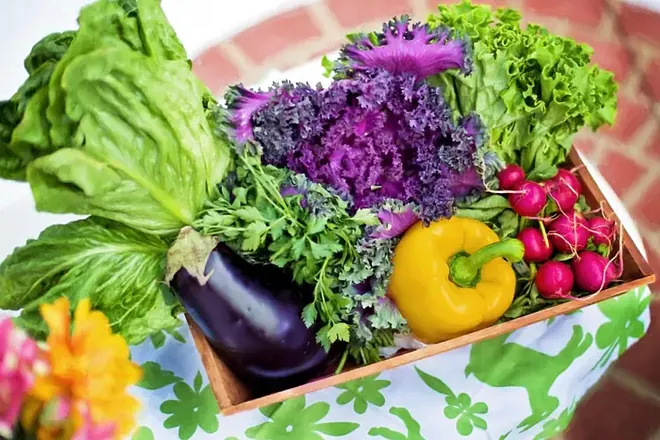Vegetables are a cornerstone of healthy eating — but eating certain varieties raw can cause gas, bloating, or abdominal discomfort. Nutritionists say this isn’t because these vegetables are “unhealthy,” but because they contain fibers and sugars that are harder for the body to break down, which can lead to fermentation in the intestine.

1. Cruciferous Vegetables
Cruciferous vegetables — broccoli, cauliflower, cabbage, and Brussels sprouts — are packed with antioxidants and nutrients. However, they also contain a sugar called raffinose.
The body lacks the enzymes needed to fully break down raffinose, so it reaches the large intestine almost intact, where gut bacteria ferment it. This process produces gas and can lead to bloating and abdominal pain, especially in people with sensitive digestive systems.
2. Allium Family Vegetables
Vegetables from the Allium genus — including onions, garlic, and leeks — are another common culprit. They are rich in fermentable sugars (FODMAPs) that can trigger symptoms in people with irritable bowel syndrome (IBS).
For sensitive individuals, eating these raw can cause:
- Gas and bloating
- Diarrhea
- Stomach cramps
3. Raw Peppers
While not as widely known for causing discomfort, raw peppers can irritate the stomach in some people. The outer skin and certain natural compounds may be harder to digest, particularly for those with existing stomach sensitivities.
4. Lettuce and Endives
Even light, watery vegetables like lettuce and endives have been linked to gas in some cases. Although this is less common, it’s still worth noting if you notice recurring discomfort after eating them raw.
Vegetables That Can Be Hard to Digest Raw
| Vegetable Group | Common Examples | Main Digestive Trigger | Best Preparation Method |
|---|---|---|---|
| Cruciferous | Broccoli, cauliflower, cabbage, Brussels sprouts | Raffinose (complex sugar) and insoluble fiber | Steam, boil, or roast to break down fibers |
| Allium Family | Onions, garlic, leeks | FODMAP sugars that ferment in the gut | Lightly sauté or bake to reduce sugar content |
| Nightshades | Bell peppers | Tough skin and natural compounds | Roast or peel skin before eating |
| Leafy Greens | Lettuce, endives | Insoluble fiber (in sensitive individuals) | Light steaming or chopping finely |
| High-Fiber Root Veggies (less common) | Radishes, turnips | Sharp compounds and fiber | Blanch or roast for milder flavor and easier digestion |
Why These Vegetables Cause Problems
The main culprits are:
- Insoluble fiber — which moves through the digestive tract largely intact.
- Complex sugars like raffinose — which the body can’t fully break down.
Both are beneficial for gut health in the right amounts, but they can cause fermentation in the large intestine, producing gas and bloating.
How to Make These Vegetables Easier to Digest
Cooking — whether steaming, boiling, or baking — breaks down fibers and sugars, making vegetables easier on the stomach.
Chewing thoroughly also helps by starting the breakdown process before the food reaches your stomach.
Other tips:
- Introduce raw vegetables gradually if you’re not used to them.
- Pay attention to your body’s signals — sensitivity varies from person to person.
- If you have IBS or another digestive disorder, consult a nutritionist to create a tailored diet plan.
Cruciferous vegetables, onions, garlic, peppers, and even certain leafy greens can be harder to digest raw. Cooking them or adjusting how you consume them can reduce discomfort while still letting you benefit from their nutritional value.






